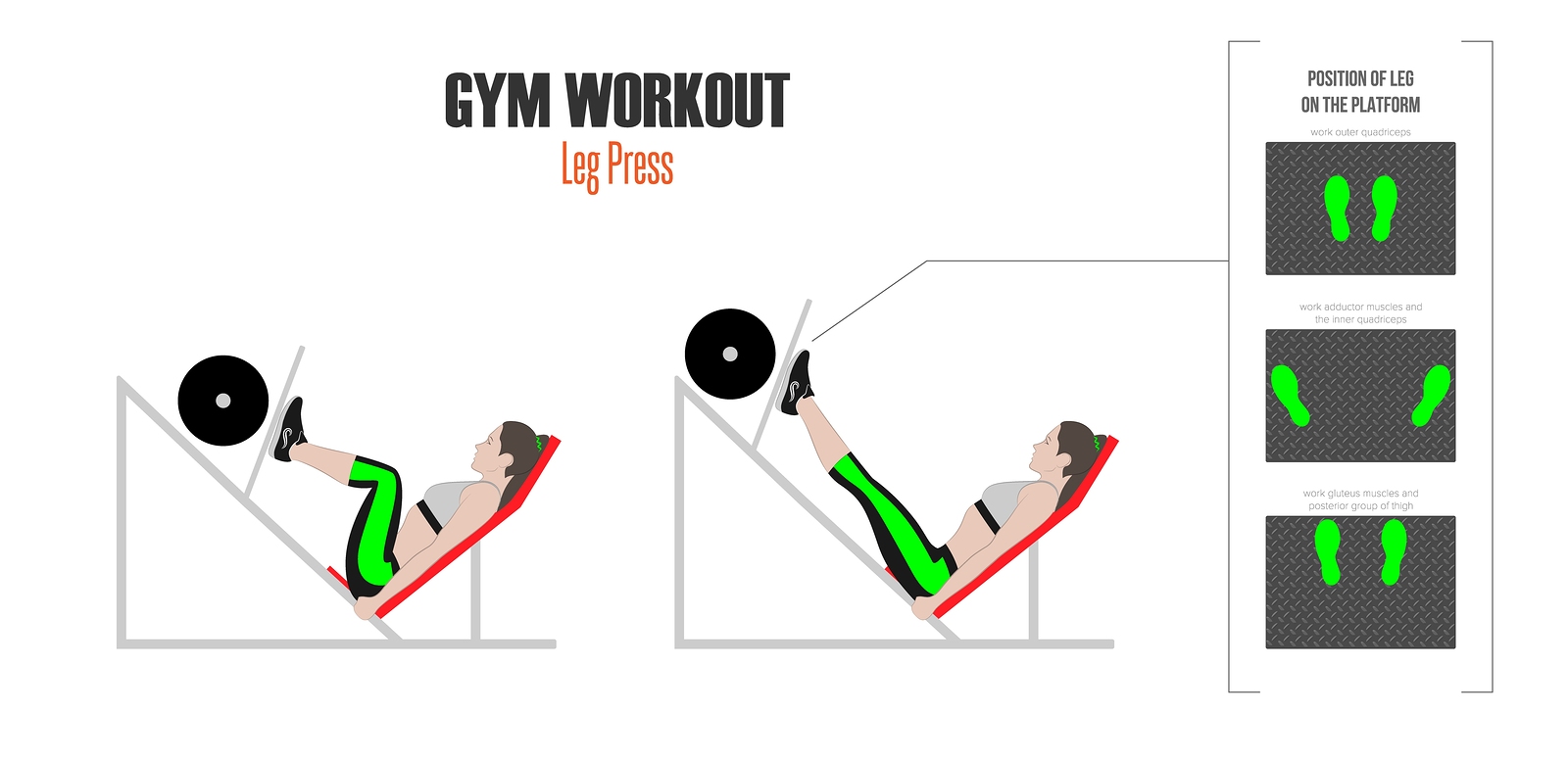
The aim of this study was to evaluate intra-rater and inter-rater reliability of the one-repetition maximum strength test in people with chronic heart failure. This was achieved through an intra-rater and inter-rater reliability study at a public tertiary hospital in northern metropolitan Melbourne. Twenty-four participants (nine female, mean age 71.8 ± 13.1 years) with mild to moderate heart failure of any aetiology took part.
Lower limb strength was assessed by determining the maximum weight that could be lifted using a leg press. Intra-rater reliability was tested by one assessor on two separate occasions . Inter-rater reliability was tested by two assessors in random order. Intra-class correlation coefficients and 95% confidence intervals were calculated. Bland and Altman analyses were also conducted, including calculation of mean differences between measures and limits of agreement .
Ten intra-rater and 21 inter-rater assessments were completed. Excellent intra-rater (intra-class correlation coefficient2,1 0.96) and inter-rater (intra-class correlation coefficient2,1 0.93) reliability was found. Intra-rater assessment showed less variability (mean difference 4.5 kg, limits of agreement -8.11 to 17.11 kg) than inter-rater agreement (mean difference -3.81 kg, limits of agreement -23.39 to 15.77 kg).
One-repetition maximum determined using a leg press is a reliable measure in people with heart failure. Given its smaller limits of agreement, intra-rater testing is recommended. Implications for Rehabilitation: Using a leg press to determine a one-repetition maximum the authors were able to demonstrate excellent inter-rater and intra-rater reliability using an intra-class correlation coefficient. The Bland and Altman levels of agreement were wide for inter-rater reliability and so we recommend using one assessor if measuring change in strength within an individual over time.
No comments:
Post a Comment